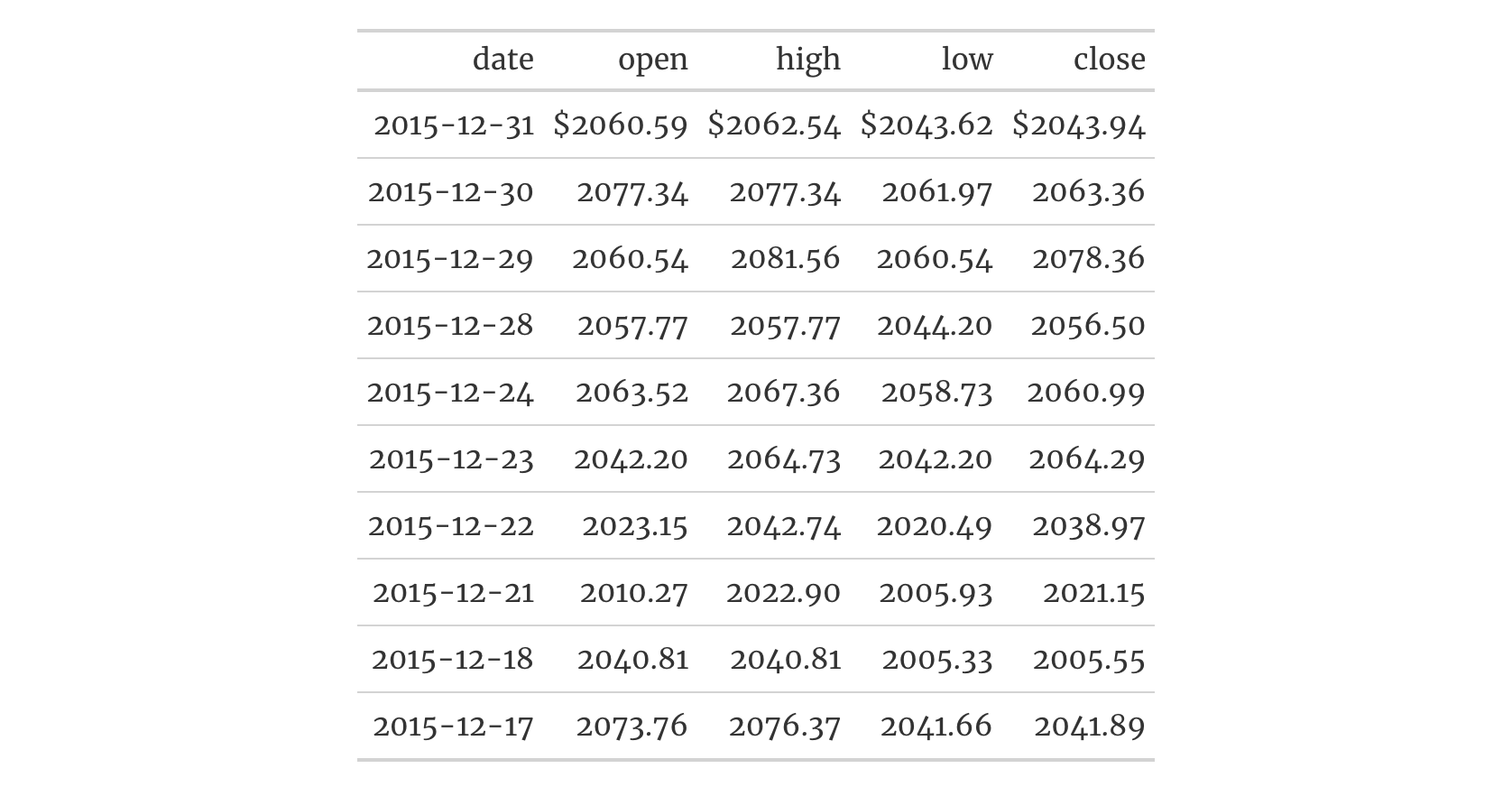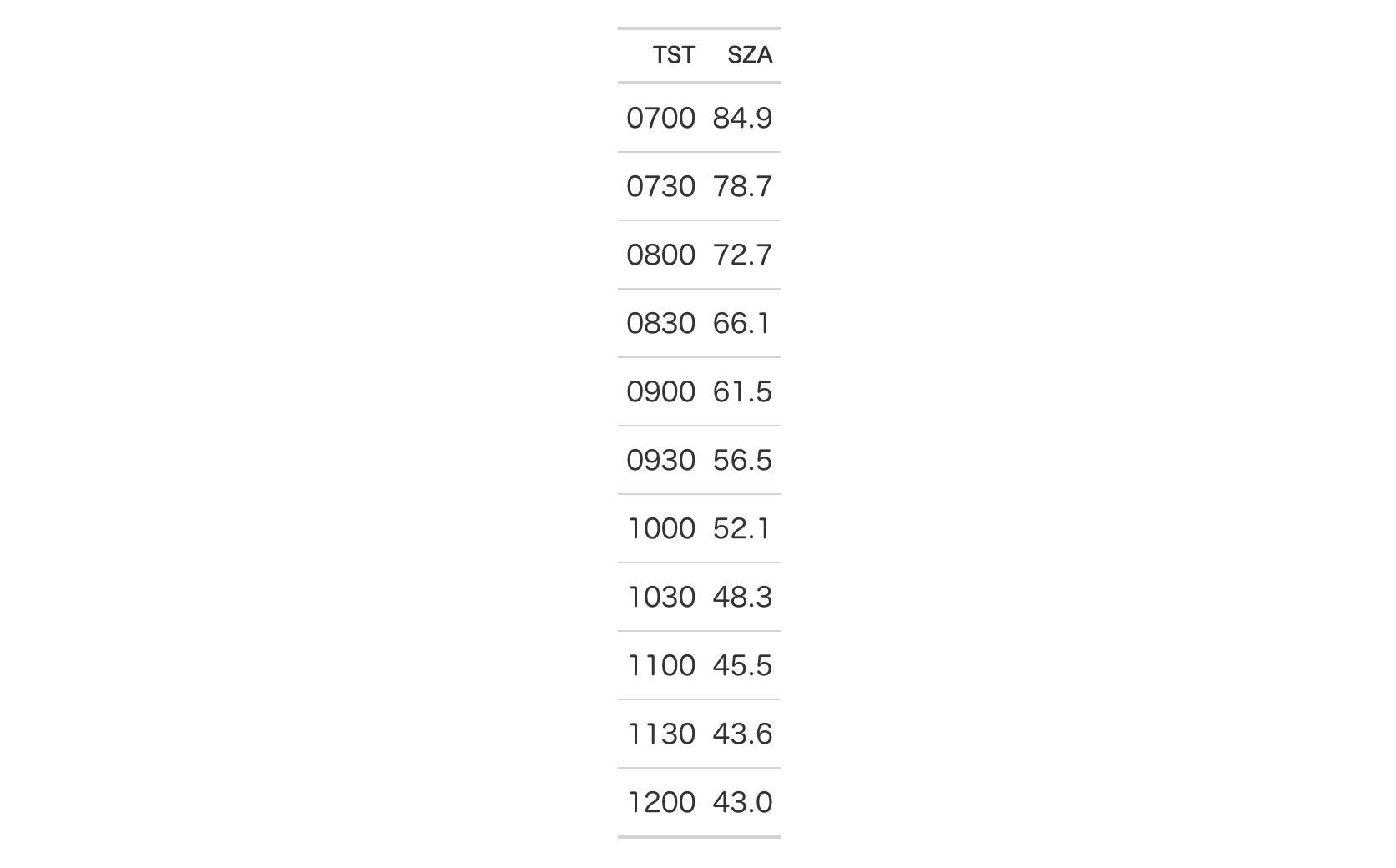opt_table_font: Option to define a custom font for the table
Description
The opt_table_font() function makes it possible to define a custom font for
the entire gt table. The standard fallback fonts are still set by default
but the font defined here will take precedence. You could still have
different fonts in select locations in the table, and for that you would need
to use tab_style() in conjunction with the cell_text() helper function.
Usage
opt_table_font(data, font, weight = NULL, style = NULL, add = TRUE)Value
An object of class gt_tbl.
Arguments
- data
A table object that is created using the
gt()function.- font
Either the name of a font available in the user system or a call to
google_font(), which has a large selection of typefaces.- weight
The weight of the font. Can be a text-based keyword such as
"normal","bold","lighter","bolder", or, a numeric value between1and1000, inclusive. Note that only variable fonts may support the numeric mapping of weight.- style
The text style. Can be one of either
"normal","italic", or"oblique".- add
Should this font be added to the front of the already-defined fonts for the table? By default, this is
TRUEand is recommended since the list serves as fallbacks when certain fonts are not available.
Examples
Use sp500 to create a small gt table, using fmt_currency() to
provide a dollar sign for the first row of monetary values. Then, set a
larger font size for the table and use the "Merriweather" font (from
Google Fonts, via google_font()) with two font fallbacks ("Cochin" and
the catchall "Serif" group).
sp500 %>%
dplyr::slice(1:10) %>%
dplyr::select(-volume, -adj_close) %>%
gt() %>%
fmt_currency(
columns = 2:5,
rows = 1,
currency = "USD",
use_seps = FALSE
) %>%
tab_options(table.font.size = px(18)) %>%
opt_table_font(
font = list(
google_font(name = "Merriweather"),
"Cochin", "Serif"
)
)

Use sza to create an eleven-row table. Within opt_table_font(), set up
a preferred list of sans-serif fonts that are commonly available in macOS
(using part of the default_fonts() vector as a fallback).
sza %>%
dplyr::filter(
latitude == 20 &
month == "jan" &
!is.na(sza)
) %>%
dplyr::select(-latitude, -month) %>%
gt() %>%
opt_table_font(
font = c(
"Helvetica Neue", "Segoe UI",
default_fonts()[-c(1:3)]
)
) %>%
opt_all_caps()

Function ID
9-9
Details
We have the option to supply either a system font for the font_name, or, a
font available at the Google Fonts service by use of the google_font()
helper function.
See Also
Other table option functions:
opt_align_table_header(),
opt_all_caps(),
opt_css(),
opt_footnote_marks(),
opt_horizontal_padding(),
opt_row_striping(),
opt_stylize(),
opt_table_lines(),
opt_table_outline(),
opt_vertical_padding()